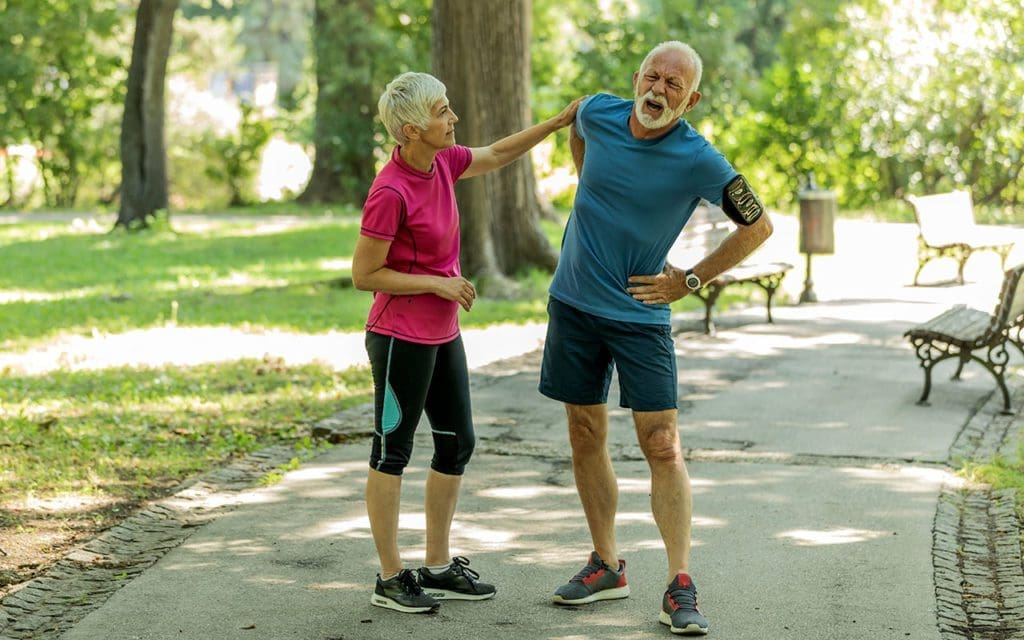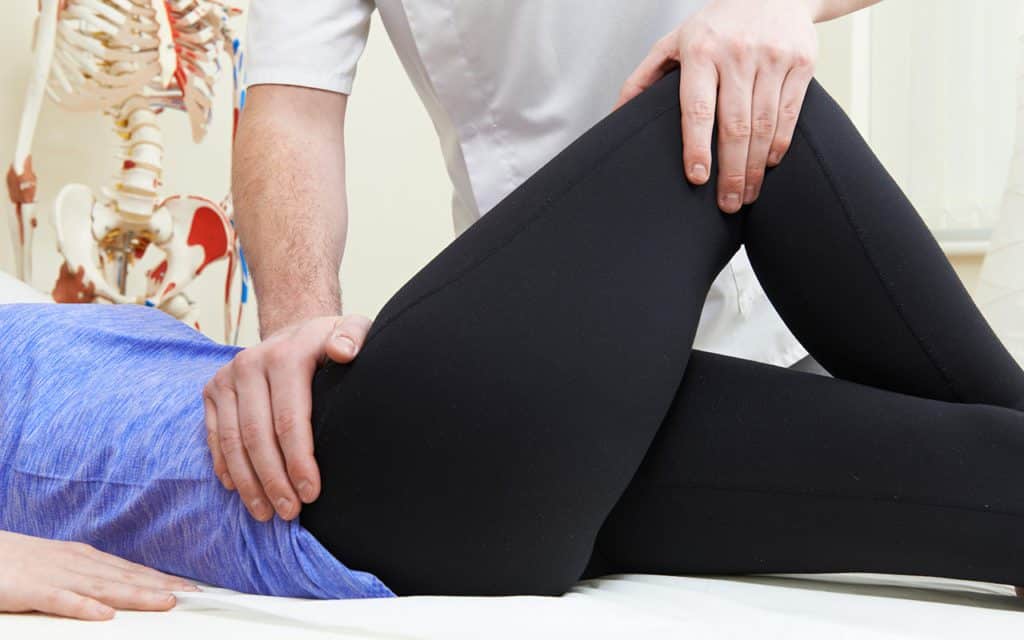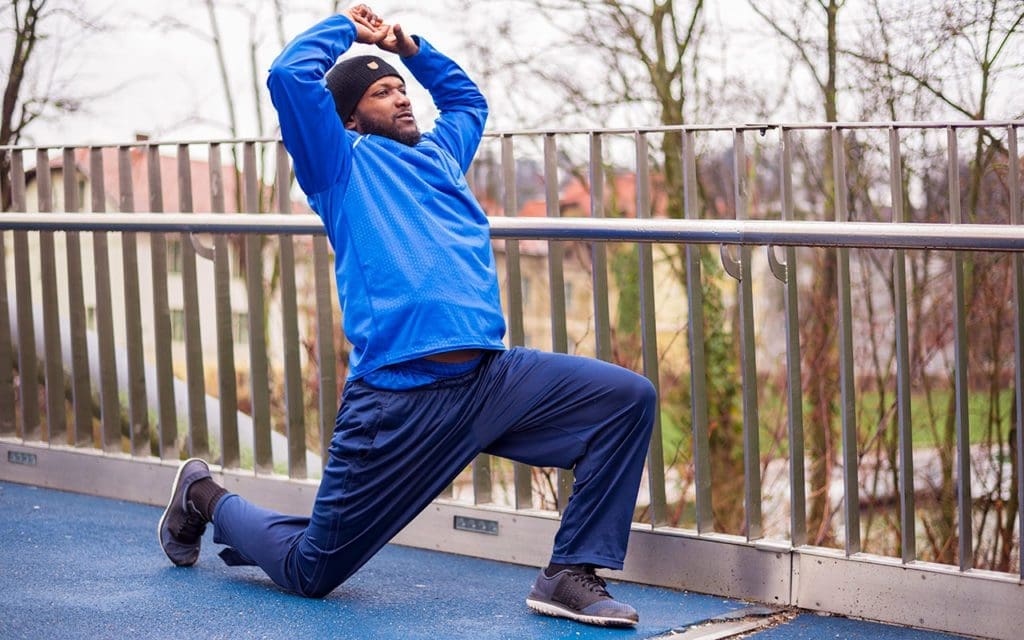- About
Who We Are
Partner With Airrosti
Testimonials
- Locations
Nationwide Care
Our virtual care option, Airrosti Remote Recovery is available nationwide.
Find A Location Nearest You
- Injuries We Treat
- No Cost Assessments
- Virtual Care
- Careers
Our virtual care option, Airrosti Remote Recovery is available nationwide.
(21,000+ reviews on Google across 150+ locations)
Follow along with Airrosti’s Shane Arnold, DC as he explains some common causes and signs of a hip flexor injury. Learn how traditional healthcare might approach hip flexor treatment compared to Airrosti. Find out how Airrosti can help your injuries, either in-clinic or through Airrosti Remote Recovery!
Flexors are flexible muscle tissues that help a person stretch and move. The muscles that help you lift your knee toward your body and bend at the waist are known as the hip flexors. These muscles are located around the upper and inner thighs and pelvic region. Keeping the hip flexors strong is particularly important for active people and athletes.
Hip flexor strains are often caused by either overuse or periods of prolonged sitting combined with weak hip muscles. While this condition is typically not serious, it can be quite painful and can severely limit your activity if left untreated.

Overuse or overstretching of these muscles and tendons can result in injury and accompanying pain, as well as reduced mobility. Athletes and individuals who do high-impact activities like dancing and running are more likely to experience a hip flexor tear or strain.
However, even the things you do every day — like sitting in front of a computer or at a desk for hours — can both weaken and shorten (tighten) your hips, making them more prone to injury. Because of this, exercises (such as squats) and targeted stretches that focus on strengthening the hip muscles and improving hip range of motion are key to preventing injuries.

Common symptoms of a hip flexor strain may include:
Hip flexor strains are often treated conservatively with rest and reduced activity. If the strain is severe, your doctor may prescribe medication to help reduce inflammation and pain. In rare cases, the muscles may be torn and would require surgery to repair.
There are some simple preventative stretches and exercises you can do to avoid many of the problems commonly associated with hip and hip flexor injuries, as well as joint pain from referred injuries throughout the body. Stretching the soft tissues around the hip can also help reduce pain.

While most hip flexor injuries respond well to home remedies and rest, Airrosti can help rapidly resolve the source of pain in as few as 3 visits (based on patient-reported outcomes).
In most cases, you can continue your normal level of activity for the duration of your treatment. You’ll also receive individualized at-home exercises you can use to further speed your recovery time and help prevent injuries.
If a nagging hip injury is keeping you from performing at your best, call us at (800) 404-6050 to schedule a risk-free Airrosti appointment today.
Reviewed by Casey Crisp, Doctor of Chiropractic
Disclaimer: Always consult with your doctor before starting any exercise program. If you experience any numbness, tingling or reproduction of your symptoms, please contact your doctor.

I had been having some hip flexor pain on my right side, usually from going to the gym or even walking upstairs would make it hurt. I came to Airrosti and Dr. St. Dizier really took care of me. Any pain or discomfort I had, Dr. St. Dizier paid attention and helped me understand where the pain was coming from. He gave me some exercises to do at home specifically for my situation, and in as little as three visits, my pain was almost non-existent. Dr. St. Dizier is a great doctor, and overall, I had a great experience.
by Gerald Rubiano
